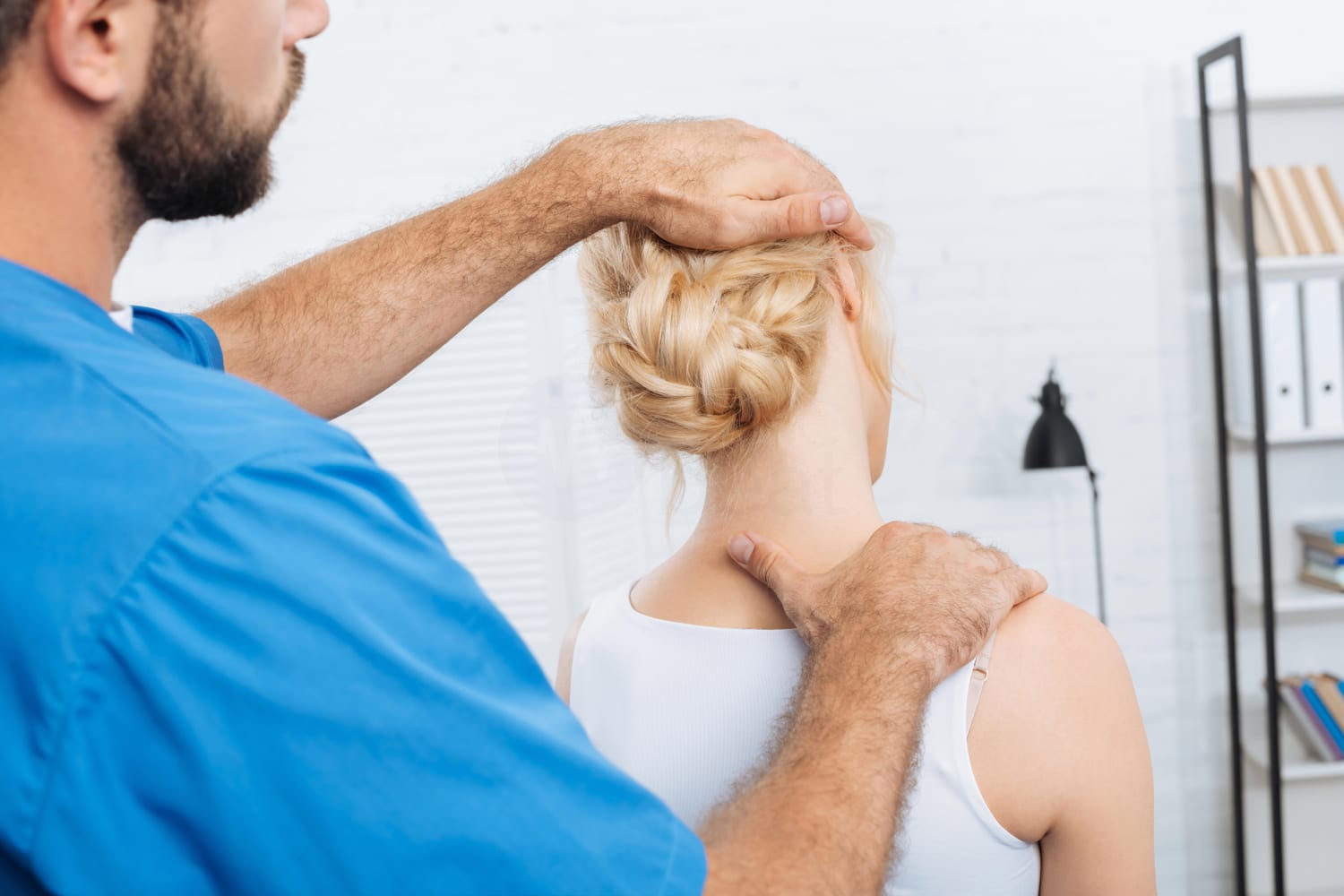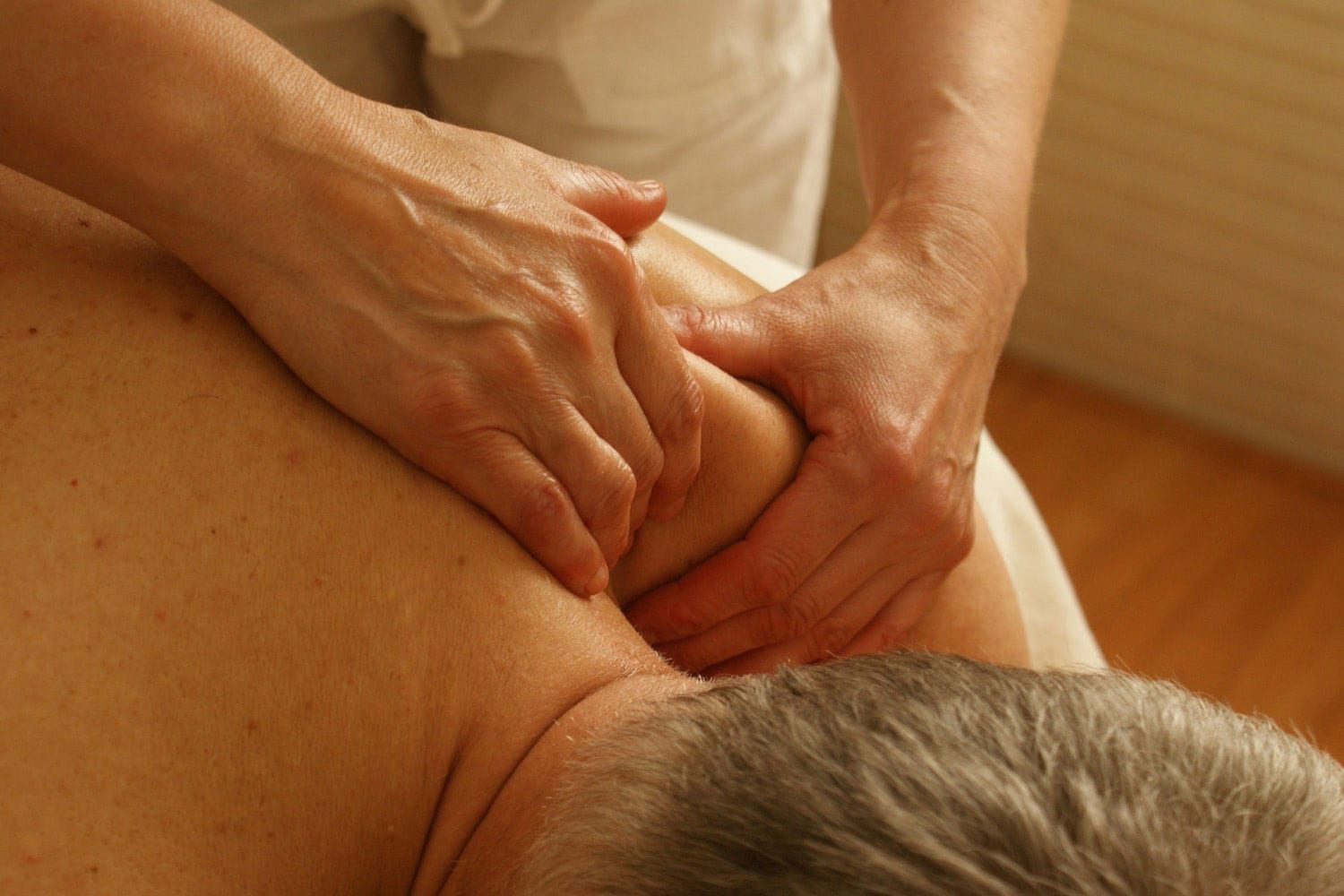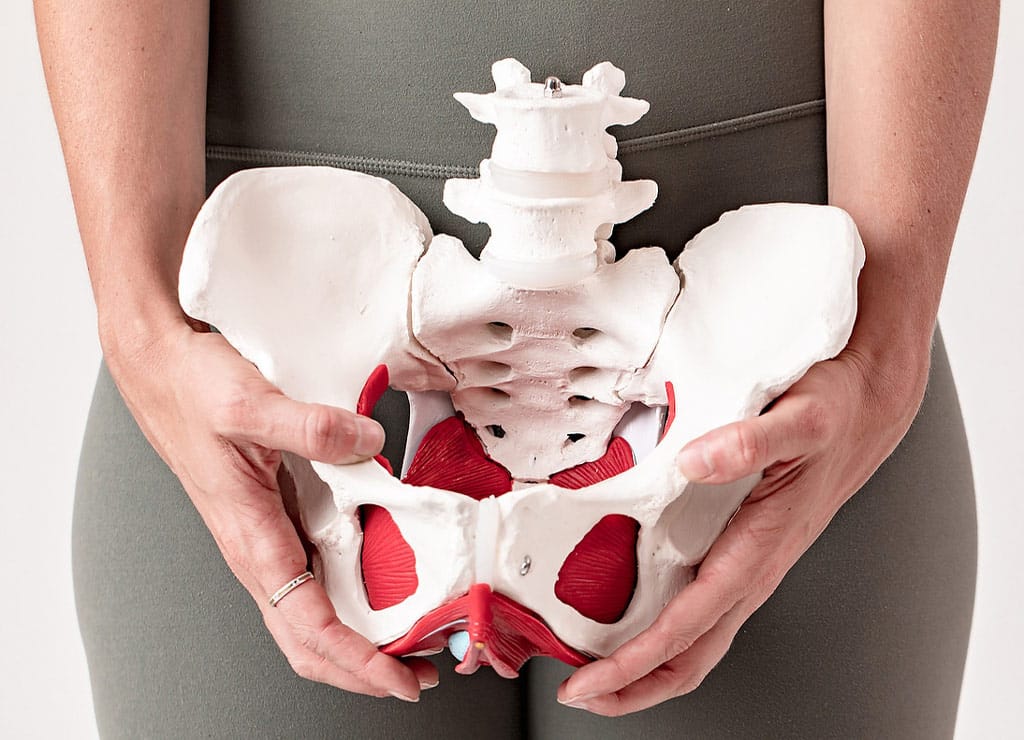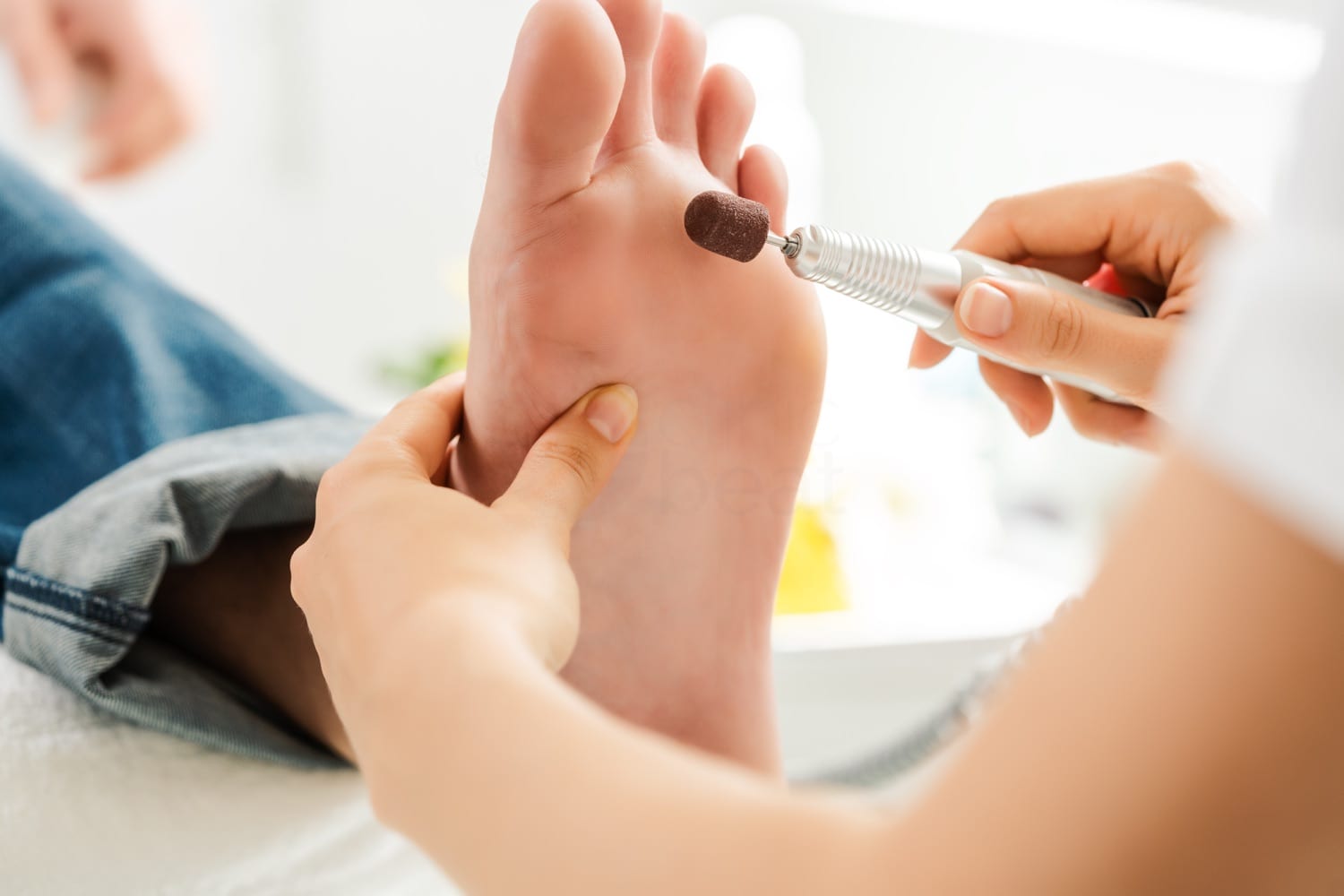Tendon pain/Tendinopathy is characterised by localised tenderness over the tendon – it DOES NOT change location. The pain experienced will occur when the tendon is under a certain level of load/activity, and will worsen with any additional load beyond this point. Below are 10 important points on the nature of tendinopathy and its management:
- Rest does not improve tendinopathy. Pain may settle, but will be back when returning to activity, because rest does not increase the ability of the tendon to load.
- Exercise is the best treatment for tendinopathy. Exercise is the most evidence based approach for tendinopathy. Other treatment will not provide the stimulus needed to strengthen tendons.
- Modifying load is crucial. This often involves reducing (in the short-term) abusive tendon load, ie, activity that provokes the pain.
- Exercise needs to be individualised. Based on the individual’s pain and function presentation.There should be progressive increase in load to enable restoration of goal function whilst respecting pain.
- Tendinopathy responds gradually. We are aiming to strengthen the tensile ability of the tendon. Strength takes time and consistency. Ensure you have the correct loading strategy, and avoid short-cuts such as injections and surgery.
- Tendinopathy rarely improves long term with passive treatments alone. Passive treatments (eg. injections, massage, dry needling) are only adjuncts. Too many injections should be avoided as this can lead to poorer outcomes.
- Tendon pain is not considered a classic inflammatory response. Although there are some inflammatory biochemicals and cells involved, the swelling people sometimes observe is in fact primarily water deposits.
- The cause can be multi-factorial. The main factor is a sudden increase on the load of the tendon. Compression and tensile loads are more common. Some people are predisposed to this condition due to biochemical or systemic factors.
- Pathology on imaging does not equal pain. Changes on scans can be found in people without symptoms, therefore, these findings are often insignificant. If you are told you have tears or severe pathology it does not necessarily mean you will not improve or have a favourable outcome.
- Pathology on scans will not typically reverse in scans after symptoms have improved. These areas appear on scans more as a sign of tissue adaptation rather than function and pain.
In summary, the key to fixing tendons is to find a level of activity that is tolerable, and increase activity as tolerance improves. Further guidance on this method is provided on our facebook and instagram pages. Book online if you or anybody you know requires further assistance with tendon pain.








